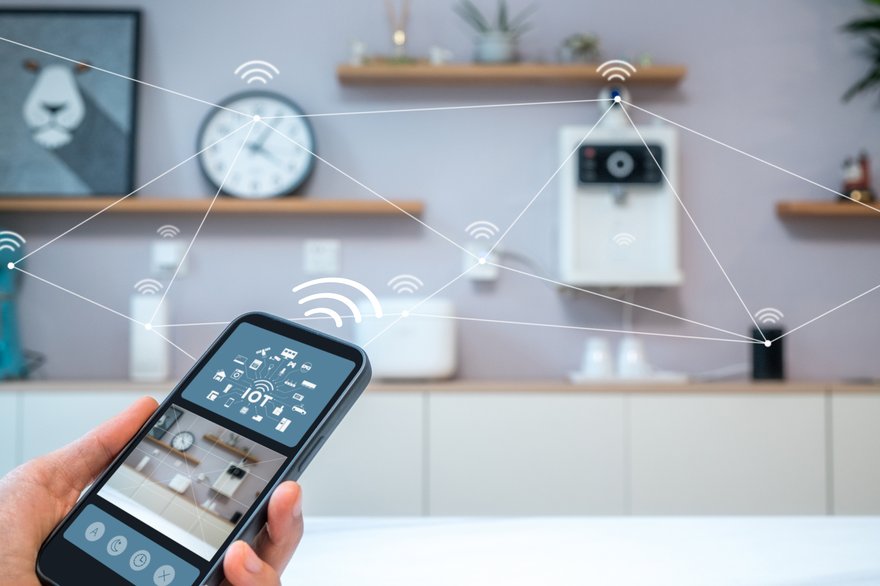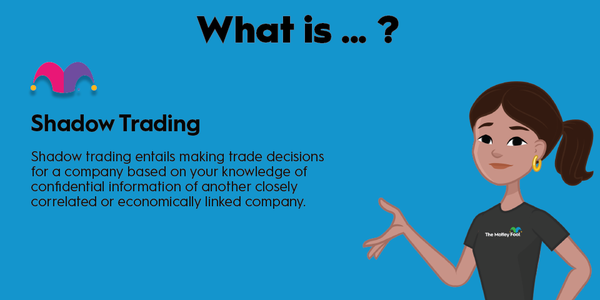The future has arrived with a high-tech bang when it comes to home, sweet home. Meet the "smart home," a modern concept turning the humble abode into a hub of connected technology. Let's delve into what a smart home really is, why it matters, and what it could mean for you and your family.

The basics
The basics of the smart home concept
A smart home is like giving your house a brain and a voice. Imagine talking to your home -- even better, imagine it listening and responding. This isn't science fiction; it's what happens when you integrate advanced automation, wireless communication, and voice commands into your living space. From controlling lighting with a smartphone to having a fridge that reminds you to buy milk, smart homes are redefining convenience.
Why use smart home devices?
What's the big idea with smart homes?
So, what's the difference between a smart home and a normal home?
- First off, there's the undeniable cool factor. There's just something irresistible about making a house do your bidding. But beyond that, smart homes offer a blend of efficiency, security, and convenience.
- They're energy savers, turning off lights and adjusting thermostats automatically. These power-saving changes can be scheduled to repeat daily or react to events like the sunrise and the weather.
- They're watchful guardians, with security systems you can monitor from miles away. Many smart-home front door locks come with integrated video cameras, allowing you to screen people at the door from the other side of the world and review video recordings as needed.
- And let's not forget the convenience of smart home controls. Smart home hubs come with sophisticated smartphone apps, where you can trigger any digitally controlled action with just a tap. Many also work with voice commands, so you don't even have to grab the phone to make things happen.
Why walk over to the light switch (or the front door, or the thermostat, or the smart TV set, etc.) when you can control anything from anywhere? You don't even have to be home, as long as you have an internet connection.
Take the next steps
Embracing the smart home lifestyle
Maybe you're intrigued by the smart home concept and ready to take the next step. What's next?
First, think about what you need. Do you crave energy efficiency, top-notch security, or just the sheer convenience of voice commands? Then, consider the costs and the learning curve. Going smart can be an investment, both financially and in terms of time spent learning the ropes.
Remember, not all smart devices play well together, so choose a platform and stick with it. For example, your Amazon (AMZN 3.43%) Echo hub can't control Google's devices and services, and vice versa. There's no technical reason for this; the companies just don't want to support each others' smart home visions. However, smart home devices from smaller third-party companies tend to support the control hubs of every major smart home platform. It would be silly not to support them and skip a large portion of the potential customer demographic.
Your home might already be halfway in Alphabet's (GOOG 9.96%) (GOOGL 10.22%) smart home world if you have an Android phone and Android-based streaming media systems. Apple (AAPL -0.35%) offers its own smart home solution in the HomeKit framework, tightly integrated with Cupertino's famous iPhone ecosystem. It's a little harder to stumble into an Amazon smart home since the company doesn't make mobile phones, but its Alexa-based family of Echo devices can compete with the best of them.
It's not all wine and roses, though. Smart home systems often cost a good deal more than their un-networked alternatives. Despite the device makers' best efforts, anything connected to the internet can be targeted by remote hacker attacks. Some people avoid smart homes due to privacy concerns -- the video camera is always watching, the microphones are always listening, and what if that data falls into the wrong hands? And lastly, it can be very inconvenient when automation goes awry. How do you unlock the smart door if the power is out or the Wi-Fi connection is glitching? And how much time are you willing to spend on learning how to control all this stuff?
So, a smart home isn't for everyone, but it can be a serious timesaver and convenience booster if you're ready to deal with the possible downsides.
A smart home in action
The smart home in action: A glimpse into the future
Let me walk you through the smart home solutions in my own home. It's not a complete package yet, but the collection of networked devices keeps growing over time. As you might guess, I find the data security sufficient and don't mind sending data to the likes of Amazon and Google for further analysis, even if the companies may use this info to send targeted ads in my direction. The ads are coming anyway, so why not make them more interesting?
Anyway, here's a quick summary of the smart home devices around me:
- One of the larger Amazon Echo speakers sits on my kitchen counter, acting as the Alexa hub for the whole home. I make it a point to manage every possible automation through this device. Every weekday morning, for example, my family wakes up to the sweet tones of Captain & Tennille's Muskrat Love, streaming through this speaker from the Amazon Music service. (After all, the alarm doesn't have to be boring.)
Smaller Echo speakers are found in most of our living spaces, just in case we want to bark a command at Alexa -- or have it play or say something. - The walls are peppered with inexpensive smart home plugs, converting any power outlet into a configurable device. I turn on the lights in my home office with a simple voice command -- "Alexa, turn on the office light!" With the help of Alexa and the kitchen hub, I schedule the heating lamps for our pet lizards and the lighted holiday displays in the front yard.
- The air conditioning in this Florida home is managed by a Google-branded Nest thermostat, adjusting the temperature to the weather and to the presence of actual people in the house. You can save a lot of energy by allowing the AC to slack off when there's nobody home. Of course, this break from the Alexa ecosystem is controlled by the Google Home app and doesn't work with Alexa. Silly me, living in a house divided.
- The solar panels on my roof come with a SolarEdge (SEDG 2.81%) power inverter. I can't really do anything through that connection, but it does let me monitor the power production in real-time, with handy long-term charts to boot.
Related investing topics
Every TV screen in my home is connected to a media-streaming device. My fridge, washer, and dryer all have Wi-Fi connections that come in handy sometimes. A smart lock might be on the horizon for my home, but as of November 2023, that particular piece of the puzzle remains to be added. This journey into smart home technology is an ongoing process. Much like Rome wasn't built in a day, the creation of a fully integrated smart home takes time and thoughtful consideration, even in our fast-paced digital world.
Your ideal smart home setup probably looks very different, but that's OK. It's a flexible system, and you don't have to install anything that makes you uncomfortable.




































































































